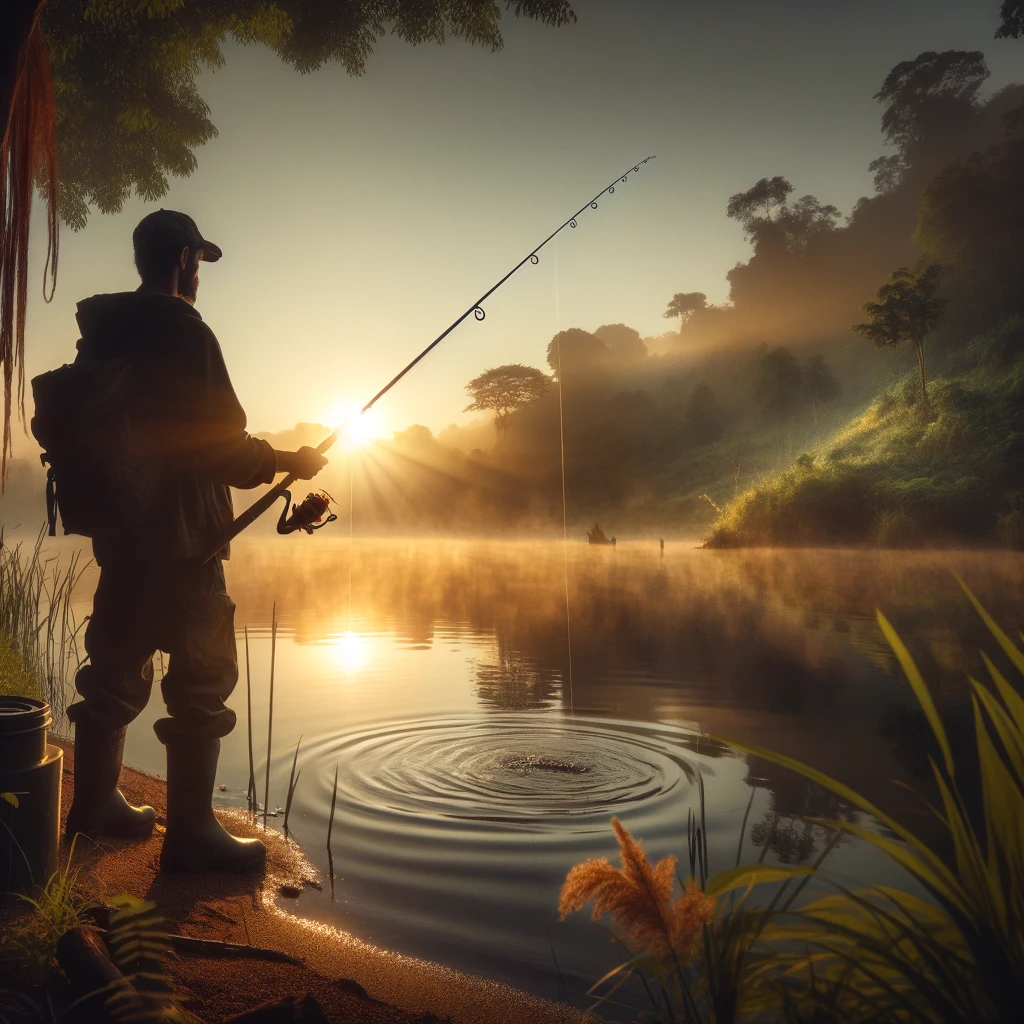Fishing with corn has been a longstanding debate among anglers, not just for its effectiveness but also regarding its legality across various jurisdictions in the United States. Corn, especially sweet corn, is popular for its simplicity, affordability, and attractiveness to a range of fish species, including carp, trout, and panfish. However, the legal stance on using corn as bait is not uniform across the country, leading to a patchwork of regulations that can confuse even the most seasoned fishermen. This article aims to shed light on the use of corn as fishing bait and its legal considerations in the United States.
The Appeal of Corn as Bait
Corn is revered in fishing circles for several reasons. Its bright yellow color and slight sweetness make it irresistible to certain types of fish. It’s also easy to use, can be bought in bulk, and is environmentally friendly compared to some artificial baits. Despite these advantages, the question of legality looms large for anglers wishing to use corn as bait.
Legal Landscape
The legality of using corn as fishing bait varies significantly from one state to another, and sometimes even within different regions of a state. The primary concern for wildlife and fisheries departments is the potential impact on local ecosystems and fish health. Ingesting corn can be harmful to fish not accustomed to such a diet, leading to blockages and potential fatalities. Moreover, excessive corn bait can lead to overfeeding, altering natural behaviors and potentially harming water quality.
State-by-State Variations
- Allowed with Restrictions: In some states, using corn as bait is permissible, but with specific restrictions. For instance, certain water bodies may allow corn, while others in the same state do not, often to protect vulnerable fish populations or ecosystems.
- Completely Banned: A handful of states have outright bans on the use of corn as bait. These bans are typically in place to protect specific species or to prevent the introduction of non-native plant material into ecosystems.
- Permitted Without Restrictions: Conversely, there are states where corn is widely accepted as bait without any particular restrictions beyond general fishing regulations.
Checking Local Regulations
Given the variability in regulations, it is paramount for anglers to check the most current rules before heading out to fish with corn. Regulations can change based on ongoing wildlife research, ecological studies, and conservation efforts. Most states provide online resources or contact numbers for anglers to get information on the legality of using corn as bait in specific locations.
Best Practices
For areas where corn is legal, anglers should practice responsible fishing. This includes using corn sparingly to avoid overfeeding, not leaving unused bait at the fishing site, and following all other local fishing regulations to sustain fish populations and habitats.

The use of corn as fishing bait in the United States is a topic mired in legal complexities and environmental considerations. While corn can be an effective and eco-friendly option for catching fish, the key to its use lies in understanding and adhering to local regulations. By staying informed and practicing responsible angling, fishermen can enjoy the benefits of using corn as bait while contributing to the conservation of the nation’s aquatic resources.
